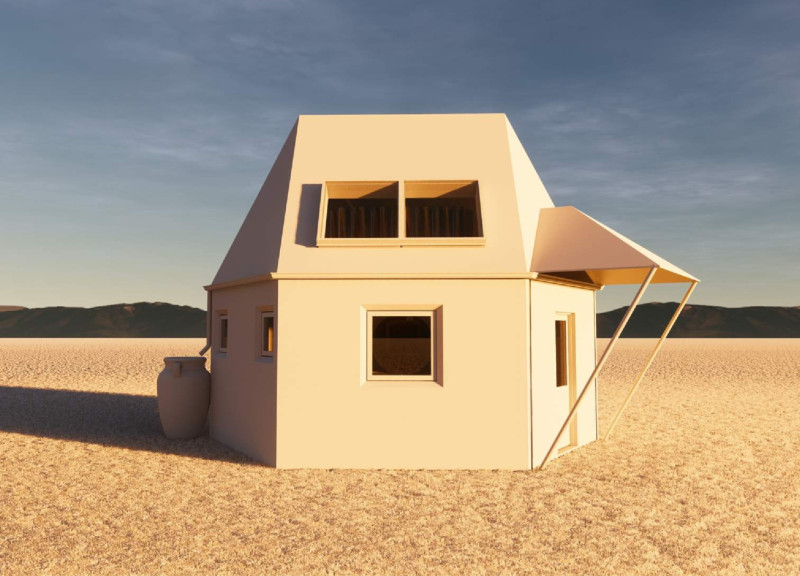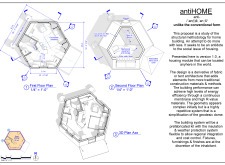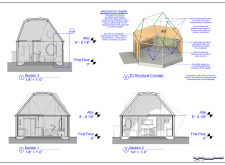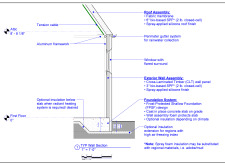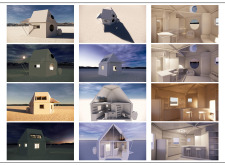5 key facts about this project
The antiHOME project represents a modern approach to residential architecture designed to address housing challenges through modular construction and sustainable practices. It functions as a flexible housing solution tailored to diverse environments, offering an efficient layout that maximizes living space while minimizing material use. The design incorporates innovative materials and methods, resulting in a structure that can adapt to various contexts and climates.
Modular Design and Adaptability
A distinguishing feature of the antiHOME is its modular design, which allows for quick assembly and adaptability to different geographical conditions. The octagonal footprint enhances structural efficiency and facilitates a seamless interaction between indoor and outdoor spaces. This design approach enables the project to cater to various target demographics, including urban dwellers and those in remote areas.
The use of cross-laminated timber (CLT) adds both strength and sustainability, as CLT is a renewable resource. Biodegradable spray foam insulation ensures thermal efficiency, while a fabric membrane roof system enhances the building's lightness and functionality. These materials work together to create an energy-efficient envelope that supports the structure's performance.
Innovative Living Solutions
The interior of the antiHOME emphasizes multifunctionality and comfort. The open-plan layout integrates essential living spaces such as the kitchen, dining, and living areas, promoting a sense of continuity and usability. Key elements include a convertible sofabed that enhances the adaptability of the living space, and strategically placed windows and skylights that optimize natural light and ventilation.
The architecture incorporates modern construction techniques, such as a frost-protected shallow foundation, which minimizes environmental impact while providing stability across varying soil conditions. The inclusion of advanced mechanical systems is designed to be unobtrusive, allowing for efficient operation while maintaining aesthetic integrity.
For those interested in further exploring the antiHOME project, a detailed examination of the architectural plans, architectural sections, and architectural designs is available. These resources provide insight into the innovative ideas driving this project, along with the technical details that underpin its construction and functionality. Exploring these elements will offer a comprehensive understanding of how the antiHOME stands out in the landscape of contemporary architecture.


